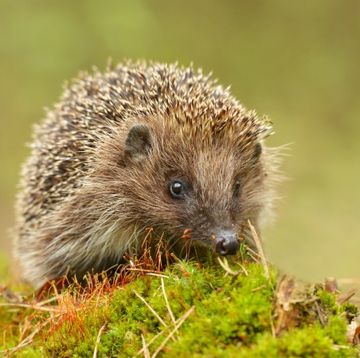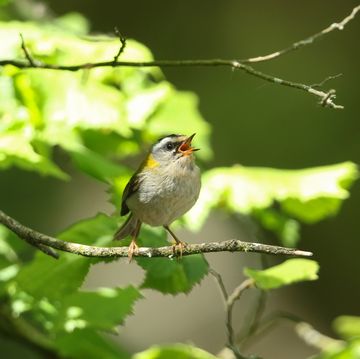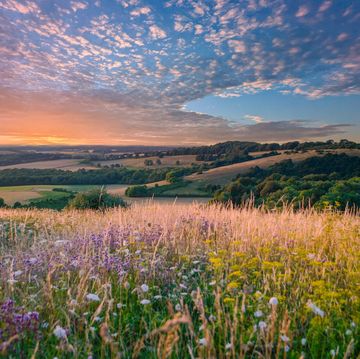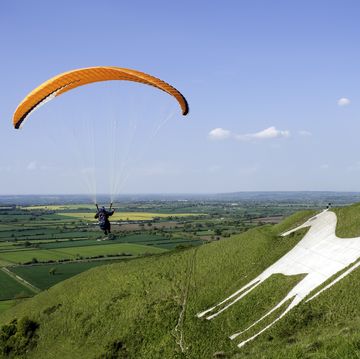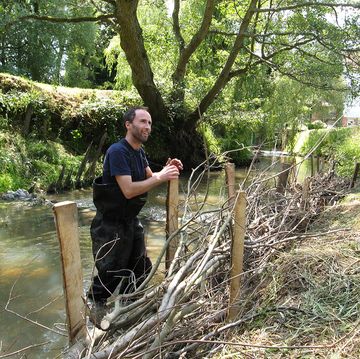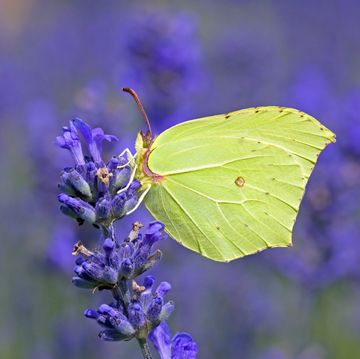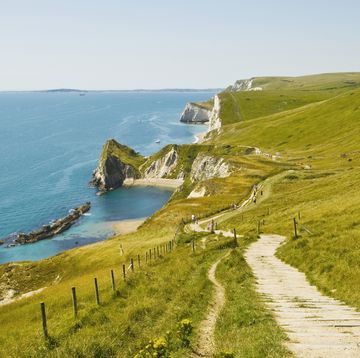Under-threat red squirrels are making a comeback in the UK thanks to the reintroduction of Britain's rarest mammal, the pine marten, new research has found.
A study conducted at Queen's University in Northern Ireland found that red squirrels are responding positively to the increased presence of brown-haired pine martens, as they prey more on grey squirrels instead.
Pine martens feed on both red and grey squirrels, though the research found one of the key differences is that red squirrels have evolved alongside pine martens, meaning they are able to coexist.
In woodland areas with no pine martens, the researchers found plenty of grey squirrels, however in places where pine martens thrive, there were almost no grey squirrels at all.
Thanks to their fast-paced speed and smaller builds, red squirrels find it easier to escape predators and are more likely to survive attacks compared to grey ones.
Speaking at the British Ecological Society, researcher Joshua Twining said: "The ability of the pine marten to control the grey squirrel and help red squirrel recovery in Ireland and Britain is limited by three things; its ongoing recovery, the lack of forest cover on the island and the presence of urban areas."
Susanna Chan Photography//Getty Images
While the red squirrel population is increasing in Northern Ireland, the researchers warned that "unless the issue of control within populated areas is addressed, we risk creating a situation where marten-savvy grey squirrels could recolonise the wider landscape in the future."
Richard McManus//Getty ImagesPine marten numbers have also increased
Over the years, pine martens have been hunted for their fur, but have recently been monitored by experts to help increase their numbers.
Elsewhere, over in Scotland, there has been a record number of red squirrels spotted by the public. According to research conducted by Saving Scotland’s Red Squirrels, more than 600 people reported 828 red squirrel sightings in just one week.
Like this article? Sign up to our newsletter to get more articles like this delivered straight to your inbox.
SIGN UP
8 native British animals to look out for in winter

Mountain hares
A true winter spectacle, mountain hares shed their brown fur in late November, turning their coats a blueish-white until April. This makes them much easier to spot running in the fields, especially to predators like Golden Eagles.
Where to spot them: The Peak District and Upper Pennines in England, Snowdonia in Wales and the Scottish Highlands.
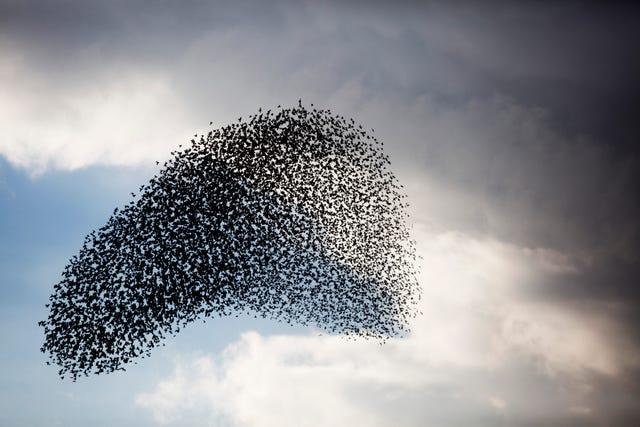
Starlings
Starlings take centre stage at this time of year too. Marshlands and reed beds are transformed as thousands of birds return to roost. Before they bed down for the night, the starlings perform a special dance (known as a murmuration) in the sky at dusk. A seriously special sight.
Where to spot them: The RSPB has a helpful list of locations on its website.
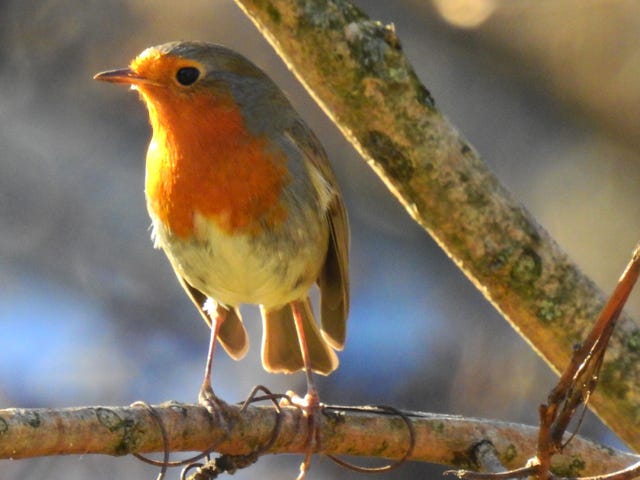
Robins
With their bright red plumage, robins provide a much needed splash of colour in the winter months which can be easily spotted in gardens and on woodland walks. Listen out for their distinctive song from the trees and bushes as they hunt for worms.
Where to spot them: Gardens and woodland across the UK.
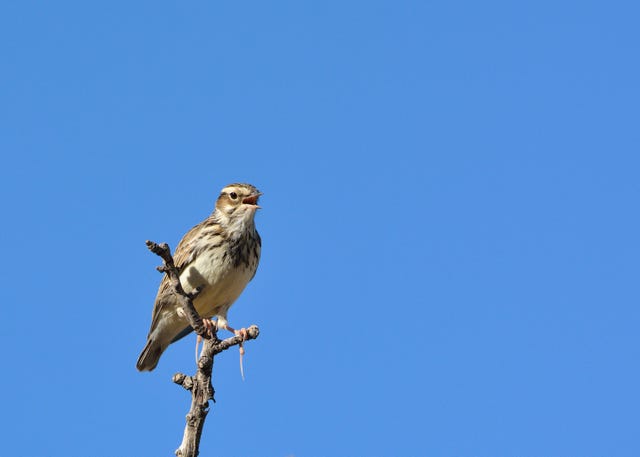
Woodlarks
A close relative of the very vocal skylark, the woodlark flexes its vocal chords in the winter months with a delicate and fluting song. February and March are when you're most likely to catch a glimpse.
Where to spot them: The New Forest, heaths in Surrey, Berkshire and Suffolk, Hampshire, Devon and East Anglia. Visit the RSPB website for more information, and to hear audio of their call.
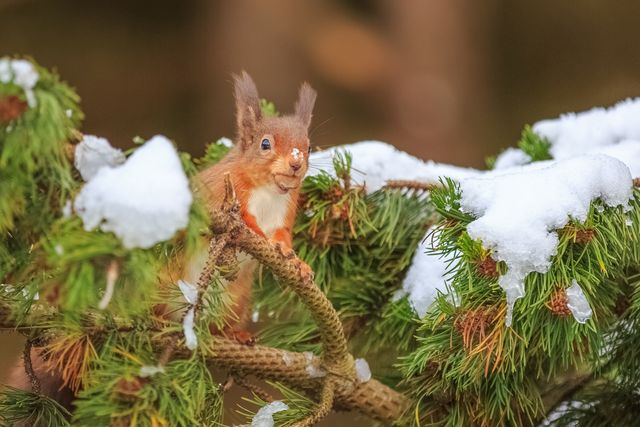
Red squirrels
Red squirrel numbers are sadly in decline, but you can still catch a glimpse of this charming creature as they venture into nature reserves and woodlands to feed from bird tables and peanut feeders.
Where to spot them: Three-quarters of the dwindling population are found in Scotland and Ireland, along with the Isle of Wight, Dorset and Northumberland. The Wildlife Trust has a full list of locations on their website.
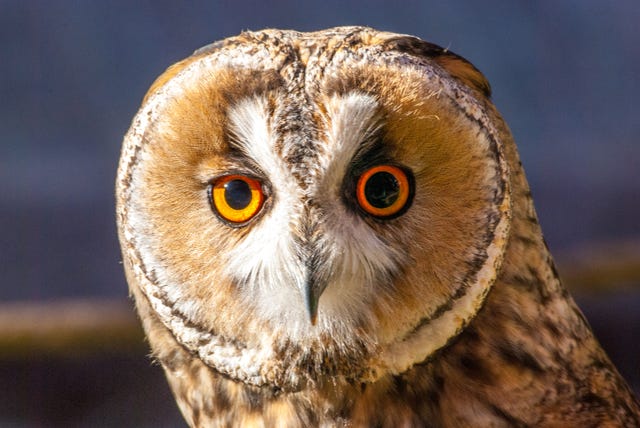
Short-eared owls
Owls are majestic yet elusive creatures. Now's the time to try and catch a rare glimpse of short-eared owls in the wild as they head to wetlands and coastal marshes in search of food. They're one of the few owls that hunts in daylight, and isn't put off by fellow birds, so you may well be in luck!
Where to spot them: WWT Wetland Centres can point you in the right direction. Try Slimbridge in Gloucestershire, or Leighton Moss in Lancashire.
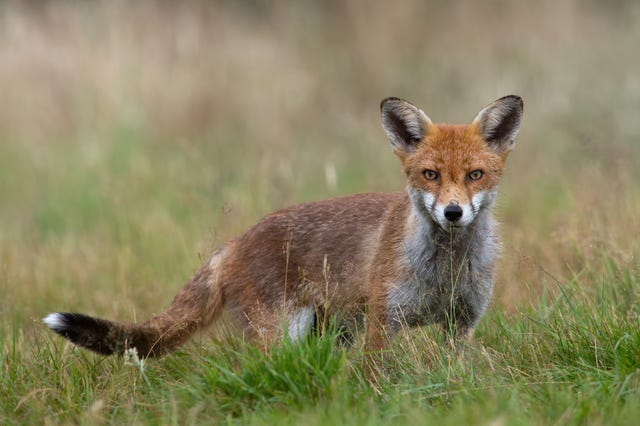
Foxes
A short four-day mating season brings foxes out into the open with their distinctive piercing mating call. Some say it sounds like a scream, while others compare it to a howl, either way, you can't miss it!
Where to spot them: Wooded rural areas and urban backstreets after dark.
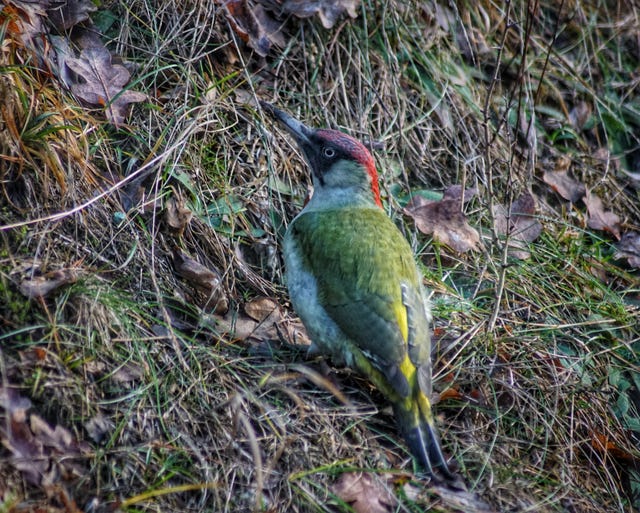
Green woodpecker
January and February are the nosiest months for this native bird as they nest in the trees to mate. The largest of the three British woodpeckers, their distinctive colour and call, along with their preference for feeding on the ground, means you should be able to catch a glimpse.
Where to spot them: In gardens and woodlands nationwide, except for the far north and west of Scotland and Ireland.














